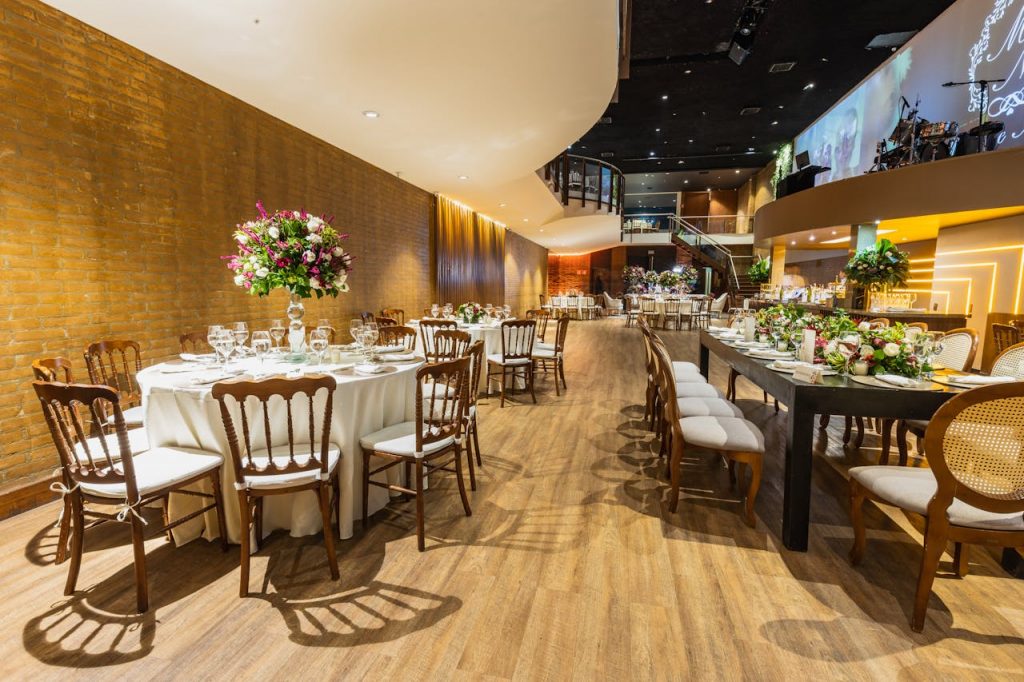Save Time and Money By Reducing No-Shows for Your Business
No-shows are a reality that many businesses and organizations need to face. When you deal with reservations, there are times when people won’t turn up when they’re supposed to. Sometimes this is because life gets in the way, or they forget about their appointment or reservation. On other occasions, they might have changed their mind but aren’t willing to make the effort to inform you. Whatever the reasons for a no-show, it’s an issue that you need to deal with.
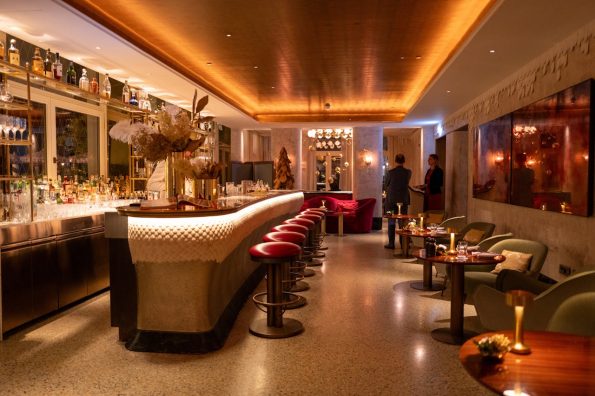
Image from Pexels – CC0 License
You lose time and money to no-shows and people turning up late. The more you can do to reduce how often they happen, the easier it is to keep your business afloat.
The Impact of No-Shows
No-shows can have a significant impact on any organization. They’re common in any industry where making reservations or appointments is standard, from restaurants and doctor’s offices to veterinary surgeries and auto shops. Frequent no-shows can lead your business to lose money. If someone doesn’t turn up to their appointment, it’s often too late to fill that spot with someone else. You lose time and efficiency can be impacted, reducing productivity and the satisfaction of the customers or patients who do show up.
Reducing no-shows has a range of benefits. You can save money and time, improve productivity, and create better outcomes overall. It not only makes things better for the business but also results in improvements for customers or patients.
Request a Deposit
In industries such as hospitality, it has become increasingly common to request a deposit when making a reservation. Businesses such as restaurants suffer the effects of regular no-shows, unable to fill their tables at the last minute. While they might prefer not to charge a deposit, it can help to decrease the risk of people not showing up.
When someone makes a booking, you can insist on a deposit, which is later taken out of their final bill. The deposit doesn’t necessarily have to be very big to have the desired effect. People will be much less likely to abandon their reservation if they know they will lose their deposit if they do so.
If you want to introduce deposits, make it easy for people to pay them when they make their reservation or appointment. Offering payment options via your website or app, through social media booking channels, or over the phone will give them the opportunity to pay in a way that suits them.
Charge a Cancellation/No-Show Fee
In addition (or as an alternative) to a deposit, you might also consider a cancellation or no-show fee. Similar to how a deposit operates, if someone cancels at the last minute, they will be charged a fee. A cancellation fee might help cover the cost of refilling that slot after it becomes available.
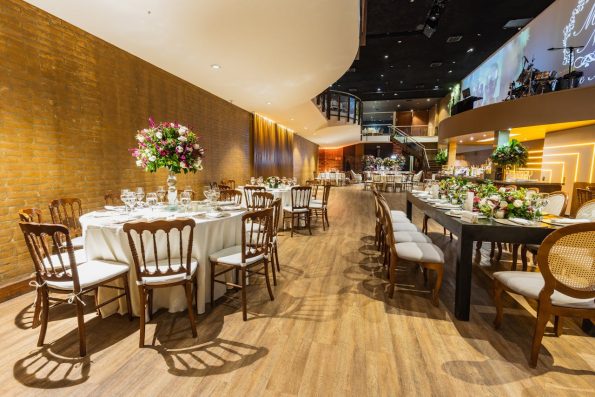
Image from Pexels – CC0 License
Charging a cancellation fee might mean that you take someone’s credit card details at the time of booking. Instead of just asking them for a name and contact details, you request that they also give you their card details so that they can be charged if they don’t turn up or have to cancel. A cancellation fee isn’t necessarily charged in the event of any cancellation. You might allow free cancellations up to 24 or 48 hours before the reservation or appointment. After that, a fee could be charged due to the last-minute nature of the cancellation.
If you choose to charge either a deposit or a cancellation fee, make sure it’s clear in your terms.
Send Reminders
Reminders of appointments or reservations are one of the best tools to help prevent no-shows. For many people, not turning up isn’t a conscious choice. They may forget about their reservation/appointment, especially if there’s a large gap between making it and the date they have reserved their slot. Reminders give them gentle prompts to help dates and times stick in their memory. They’ll be more likely to make plans around it, rather than double-booking themselves or forgetting altogether.
You could send appointment and reservation reminders manually, but it’s much easier when you have the right tools. With a calendar and booking system, you can make use of appointment reminder integration. Choose an appointment reminder tool and connect it to your other systems so that you can automatically send out reminders. You might want to send them at different intervals, such as a week, a day, or even a few hours before an appointment or reservation. You can use different communication methods too, including email, SMS, or even notifications in your mobile app.
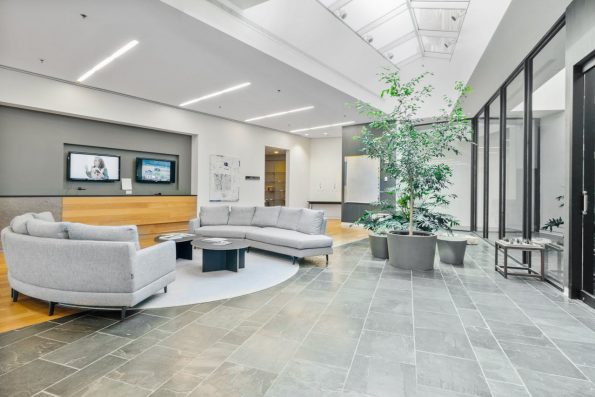
Image from Pexels – CC0 License
Sell Tickets for Special Events
If you’re planning on hosting a special event, it can be a better approach to sell tickets rather than offer open reservations. The last thing you want is to essentially get multiple positive RSVPs but then have no one turn up on the day. Ticketing solves this problem by selling the spaces you have available, whether it’s tables in a restaurant, entrance into an event at a bar, or something else. You can still sell tickets on the door when the day of the event arrives too.
When people buy a ticket in advance, they’re more likely to show up. And if they don’t show up, you’ve already sold the ticket, reducing your losses. By charging in advance, you can cut the number of people who make a booking without actually deciding whether they’re going to honor it, something which is surprisingly common.
Focus on Creating Loyalty
Loyal customers are more likely to honor their reservation or appointment. When they feel a connection with the business and the people behind it, they don’t want to let you down by not showing up. So focusing on creating a sense of loyalty is one of the best things you can do if you want to reduce the no-shows you experience.
So how can you foster loyalty? Of course, it helps to deliver great service and ensure your customers (or patients) are satisfied. But there are also more specific things you might do to help create more loyalty. A loyalty program is one way to directly engage customers, keep them coming back, and ensure they have a connection to your business. You can use it to encourage customers to return to your establishment and continue to spend money.
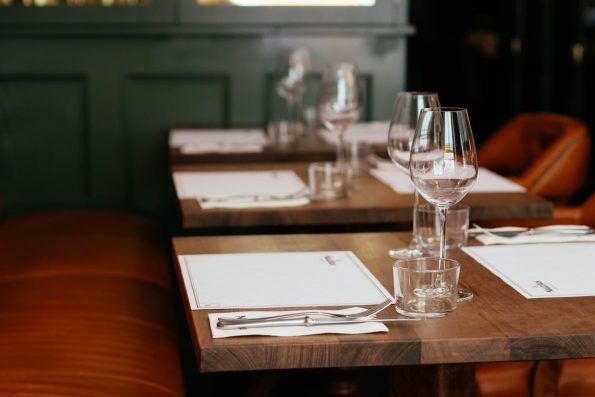
Image from Pexels – CC0 License
Loyalty programs can work on the basis of completing a certain number of visits, and then getting a reward. You could also require customers to spend a certain amount of money to earn a reward, or they could collect points that they can then redeem. A loyalty program could also give them access to special offers, or early purchase of tickets for special events. Creating loyalty can feel more positive compared to having fees for cancellation or taking a deposit (although combining these strategies is effective too).
Make It Easy to Cancel
Making it easier to cancel a reservation or appointment might seem counterintuitive if you want to reduce the number of no-shows. However, by making the process simpler, you can actually improve the experience for both your customers and your business. If your customers can easily cancel a reservation or appointment, they’re more likely to do so in advance, instead of just not turning up. This hopefully encourages them to cancel as soon as possible, especially when combined with a cancellation fee that only kicks in as the date gets closer. You’re then left with enough time to fill in the reservation.
When you’re designing your scheduling process, try to make it as easy to cancel as it is to make a booking. If it’s possible to choose a date and time in a couple of clicks, make sure cancellation can also be completed in just a few steps. If they were able to book online, don’t make them call you to cancel.
Have a Waiting List
In some circumstances, a waiting list can be a sensible thing to have. If you’re a restaurant with high demand, for example, or if you’re trying to juggle a high number of patients who are all waiting for an appointment, having a list of people to call when spots become available can work for you. If you get last-minute cancellations, or sometimes even if someone is a no-show, you may be able to start making your way through your waiting list.
Of course, this works best when people cancel and you have more time to fill those spaces. However, it can also work in situations such as a busy night at a restaurant. You can allow for walk-ins if they’re willing to wait for a spot to open up. Ask them to wait at the bar or take their contact details and get in touch if a reservation isn’t taken up. This can work if you’re pretty sure there will be no-shows and you want to fill spaces quickly.
Too many no-shows can have a real impact on your business, but there are ways to address the problem. By creating loyal customers and fostering respect for your business, as well as making things easier for them, you can reduce last-minute no-shows.

